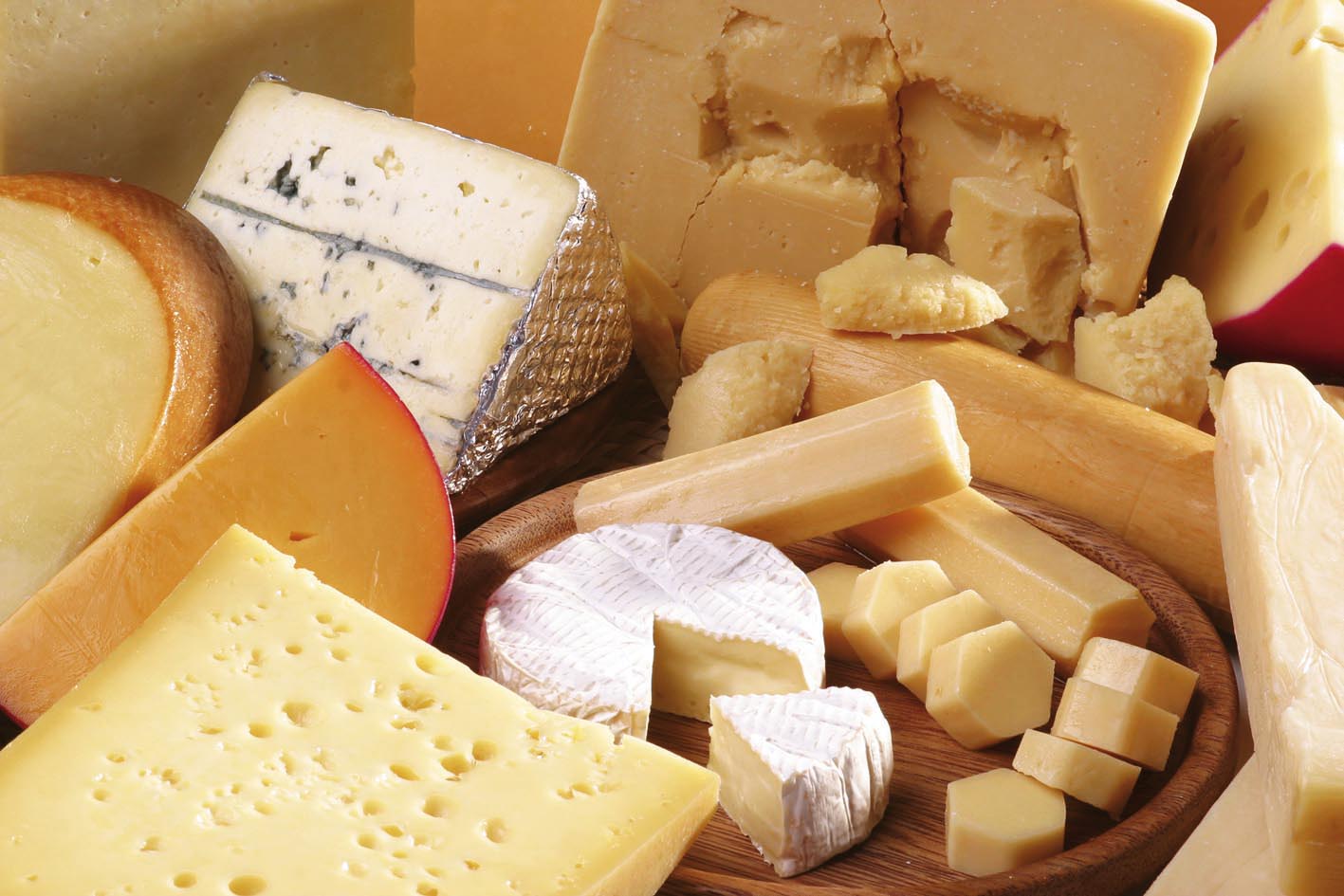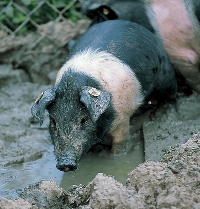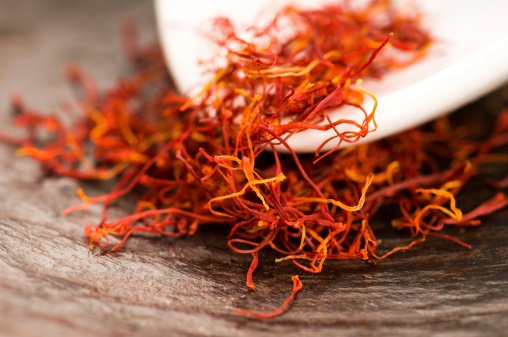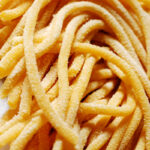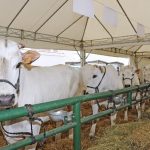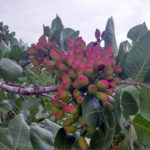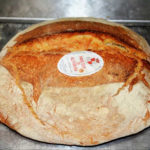Almost completely lost in the Sixties, the Sienese Cinta breed swine is living a good moment, nowadays. The meat and the transformed products of black pigs having the typical white bend “rounding the shoulder”, has always great success on the market, so much to push old and new breeders to pay attention to the breed and invest company resources in specific zootechnique activities. The rural aspect of breeding in the wild (or partially), the food available in marginal lands, not usable in other ways, make the Sienese Cinta an interesting chance for earning to breeders and farmers. But the high productivity of the Sienese Cinta, as it often happens for the products suddenly become famous, has caused speculator’s appetite, wanting to get easy earnings. For this reason the “Consorzio per la Tutela della Cinta Senese” was founded, which since its constitution, has always had the goal of demanding the DOP to the Sienese Cinta and, waiting for the needed procedure to be completed, by adopting a system of self protection through a regulation that couldn’t leave any doubts. The innovation put by the “Consorzio per la Tutela della Cinta Senese”, about what happens to food farming, is right in the choice of protecting not the single product but the entire animal and all of the opportunities of consume deriving from it. Adopted since the age of Etruscans, it especially spread through the middle Ages. It’s witnessed by pictorial images, the views in which examples of Cinta can be seen, usually next to a saint. Among them the most famous is the one of Buongoverno, painted by Ambrogio Lorenzetti in the first half of the Fourteenth Century in Siena ‘s Palazzo Pubblico (see picture). By crediting the DOP, the Sienese Cinta strengthens its protection. For the denominated products the European Union clarifies that working processes after production and seasoning must be made in the production area defined by regulations. A decision protecting the production and the consumers that can be assured about the traceability of the product. The data regarding the consistency of the Sienese cinta, in the region of Tuscany reveal that the Siena province in the most populated with 453 sows and 86 pigs, Pisa follows (46 and 5), Lucca (40 and 3) and Florence (27 and 8). The total of heads of cattle present in Tuscany is 615 sows and 116 pigs (data from Consorzio Senese subscribed at the National Statistics Registry; the DOP is bounded to Region Tuscany territory; the strong historical, cultural, ambient links of the Sienese Cinta in Tuscan area are emphasized; the animals must be bred in the wild and/or partly in the wild in woods or pastures, they can be given shelter in stalls just in times of procreation-labour; since the fourth month of age they must live in the open air; food is permitted just by pastures and the use of powder food and/or food of exclusively vegetable origin possibly from Tuscan species. A special attention is paid to the traceability of the product with an attentive identification of the company and the bred animals, their use and transformation. The breeding must have limits of animals consistency for hectare, to safeguard the environment impact (max 1500Kg. per hectare of total living weight).
Prodotto realizzato all’interno del Progetto di Valorizzazione dell’agroalimenatare senese 2009 promosso dalla CIA di Siena e cofinanziato dalla CCIAA di Siena.
CLICK HERE FOT THE ITALIAN VERSION
Informazione pubblicitaria


